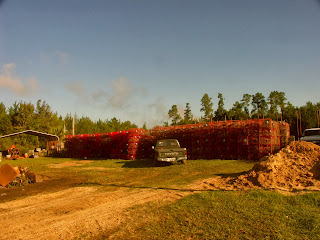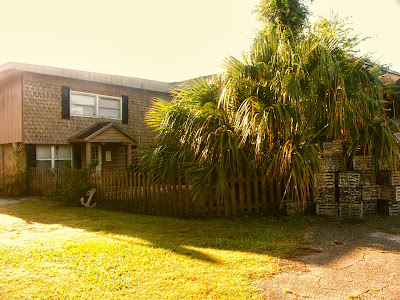
Sea School is over and it is time to get our heads back into preparing the Arc for our upcoming solar passage around Florida. We left Panama City Saturday, Oct 12th, heading to St. Marks with intentions of completing as many items as possible on our long list of projects in the little time we have left when we get back to St. Marks.
Carter weighed anchor and we left the peaceful Massalina Bayou about noon after completely charging since we decided to run on the sun for a while to test the new idler pulley on the electric drive. Last week Carter made some changes to the electric motor system by upgrading the chain from #40 to #50 and installing and idler pulley so he could adjust the tension better. It works great however the additional pulley does make the chain drive a little noisier. Ultimately, Carter says he would like to make it a belt drive which would make it considerably quieter and slightly more efficient but unfortunately that is just not in the budget right now. What we have works and there are a lot higher priorities to direct our limited resources toward.
Carter also decided to run some tests on the flap tracker that morning to look at it's performance and the results where very interesting. We had a good opportunity to make some comparisons between the panels laying flat and then in the tracking position. Obviously they are going to collect more energy when tilted toward the sun but we were curious just what the differences would be.
We had already taken some data when we made small tweeks during the day to get the panel angles better as the boat and sun moved while we were traveling and we typically found we could achieve anywhere from a 10-30% increase in energy input from these small adjustments. But this morning before we left, Carter did some comparisons between the panels being flat and then angled toward the sun while we where charging the batteries before we left Massalina Bayou. The results where impressive.
At
8:00 am, with the panels level like they would be laying on the deck of a typical boat, our main array, (3KW) was collecting
8.7 amps. Then we angled the array toward the rising sun and it increased to
33.9amps.
At
9:00 am we were collecting
16.5 amps in the level position and
39.6 amps when we tilted the panels.
Below is a picture of the charge controller readout for the 9:00 am reading in the tracking position. The In and Out reading on the screen are the difference created by the MPPT charge controller optimizing the solar input to the battery. Also displayed is the solar input rate of 2KW at that moment and the total for the day of .8 KWH collected so far that morning.
At 10:00 am we were collecting 27.3 amps in the level position and 44.5 amps when we tilted the panels.
After that some clouds moved in so the solar input became inconsistent and we were busy getting ready to leave but we were happy for the chance to get some good data.
Several things to note about this informal test. The sky was consistently clear while we did it so that variable was fairly constant although the sun was rising so there where minor variations during the change from flat to angled. Also, the boat position was relatively constant although there was some movement during the test but for the most part the length of the boat stayed very close to being on a North/South axis, but not quite. This would make no difference in the flat position but did hurt us a little in the angled position as we didn't quite have an optimum angle for the panels to the sun. But all in all it was a good morning and good condition to gather this data that we had been wanting to see for a while.
Obviously, angling the panels toward the sun is going to help collect more energy but we were very pleased to see just how big a difference it could make. Every day is different, depending on our heading and the sun's angle in the sky but we think it's safe to say that on average the flap tracker easily doubles and, at the extreme, can triple our energy input to the propulsion system as we travel using solar.
After weighing anchor, we proceeded along our way towards St. Marks. By evening, we were well into the ditch between St. Andrews East Bay and Apalachicola. Just before sunset we pulled over to stop for dinner. Then we fired up Big Ben for some night running and forged on to White City so we could tie up at a dock for the night and be close to Apalachicola.
Dinner was served on the veranda and was delicious as usual! Pork steak cooked to perfection on the grill, au gratin potatoes, salad and garlic toast. After dinner we continued on down the trail.
The next day we left White City early and forged on toward Apalachicola under diesel to make better time.
The following are some sites along the way.

Interesting to see that the day markers are useful for more than just marking the channel!
The ospreys find they make good nests.
This is the probable owner of one of the nests above.
He's up high keeping a sharp eye on his territory.
One of many fishing cabins you'll see along this section of the ICW.








































